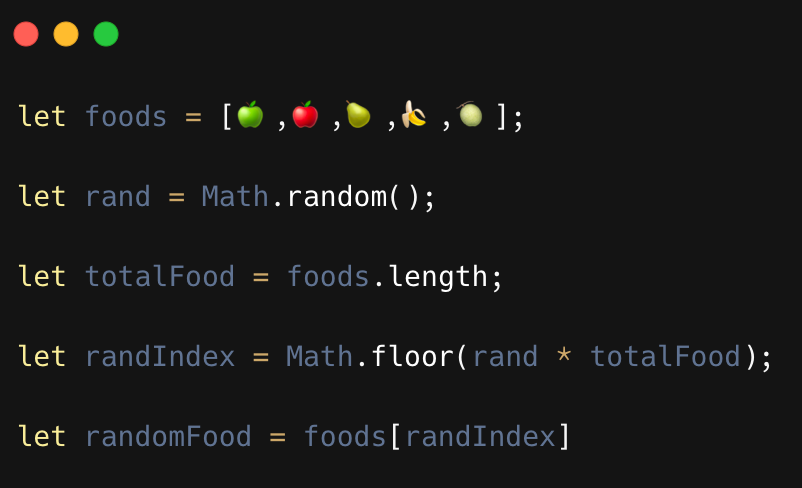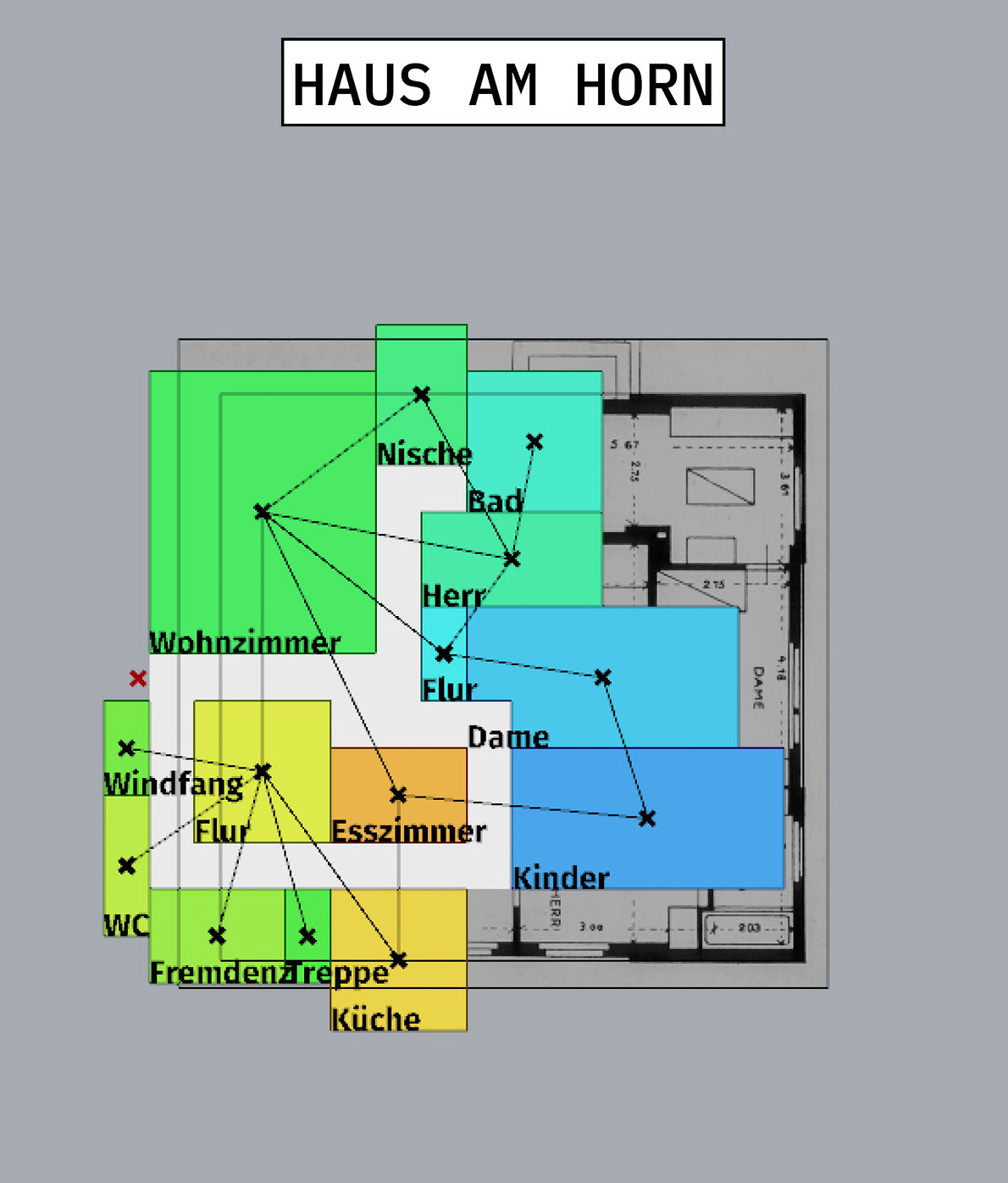

- #CREATE RANDOM FLOOR GENERATOR GENERATOR#
- #CREATE RANDOM FLOOR GENERATOR FULL#
- #CREATE RANDOM FLOOR GENERATOR SOFTWARE#
Here, we can make use of ceil, another method in the Maths object. Other use cases for the Math.random() function include generating random numbers between a certain specified range with a maximum limit. generating random integers within a rangeĬonst result = Math.random()*(max - min) + min We can generate a floating point number within a specified range, like in the example below: // generating floating point numbers within a range

The floor method returns the largest integer less than or equal to the specified number.
#CREATE RANDOM FLOOR GENERATOR FULL#
Click here to see the full demo with network requests const max = 6Ĭonst randomNumber = Math.floor(Math.random() * max)Ĭonsole.log(randomNumber) outputs -> 0,1,2,3,4,5Īnother use case for this method is generating a random integer between two specific integer ranges with another method in the Maths object called floor. Note that by generating random numbers between zero and one, we can scale the result up to whatever size we need by multiplying the random number with another number. The first (and simplest) use case for the Math.random() method is generating random decimal or floating point numbers between zero and one: const randomNumber = Math.random()Ĭonsole.log(randomNumber) outputs -> //0.8446144685704831 Some of the use cases for this method are explained below. The seed represents the starting point for a hidden sequence of numbers uniformly generated over a specified range. Math.random() returns a non-cryptographic random number, which starts from a hidden internal representation called a “seed”. Use cases for the Math.random() method in JavaScript But before that, let us examine some of the basic use cases of the Math.random() method, so we can learn the simplest way of generating random numbers in JavaScript. In this article, we are going to focus on the recommended approach for these cases. What I mean is that we want random numbers that cannot easily be guessed via a pattern, or that end up repeating over time. However, while the pseudo-random numbers generated by Math.random() are usually sufficient in most cases, sometimes we need a cryptographically secure source of random number generation.

As you may know, it is difficult for computers to generate truly random numbers. This is because it is pseudo-random over time, the numbers will begin to repeat and eventually display a non-random pattern. While there are different ways of using this method to yield random results over certain ranges, Math.random() is not a true random number generator. In mathematical terms, this is represented as 0 >= x < 1. The Math.random() method returns a decimal number or floating-point, pseudo-random number between zero (inclusive) and one (exclusive). The random() method helps us generate random numbers, as the name implies. In JavaScript, we have the native implementation of the random() method in the Math object, a built-in object that has properties or methods for performing mathematical calculations. Typically, we need random numbers for game functions like dice or raffles, private key generation, or other similar programs that require a cryptographically secure source. There are a several use cases in which a program might require a secure source of random number generation.
#CREATE RANDOM FLOOR GENERATOR GENERATOR#
Building a random number generator with JavaScript and Node.js React, Node.js, Python, and other developer tools and libraries.
#CREATE RANDOM FLOOR GENERATOR SOFTWARE#
Alexander Nnakwue Follow Software engineer.


 0 kommentar(er)
0 kommentar(er)
